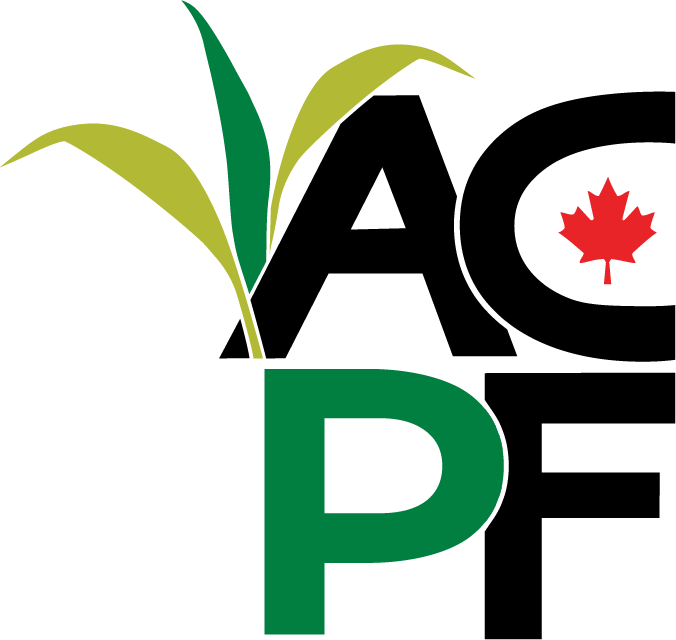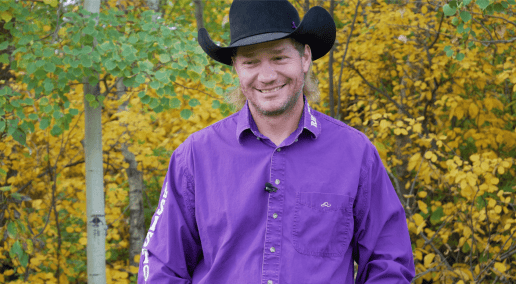During the session, Nitrogen Management and Greenhouse Gas Emissions, Dr. Claudia Wagner-Riddle from the University of Guelph presented an overview of soil nitrogen processes, controlling factors for reduction in nitrous oxide emissions and recommended management practices.
Nitrogen (N) is an essential nutrient for plant growth. Because of this, nitrogen fertilization is a major expenditure on farms. Adding N to soils results in emission of nitrous oxide, a potent greenhouse gas (GHG). Recently, there is increased interest in managing N fertilizer better, given supply issues and environmental goals.
The national reduction target is set 30 per cent below the 2020 levels of fertilizer emissions.
In the 2021 budget, $200 million in new funding went to support farmers to reduce emissions.
N gas makes up approximately 78 per cent of the air we breathe. In this form it is not accessible as fertilizer except through legumes or through the Haber Bosch process, the main industrial procedure for the production of ammonia. When farmers add N to the soil as fertilizer to feed the vegetation, volatilizations, denitrification and leaching all cause losses that lead to indirect emissions. Seventy per cent of GHG emissions are due to N management. The other 30 per cent are from other uses such as energy use and grain drying. The current N-reduction target is to reduce these forms of indirect emissions.
Nitrate (NO3) can be found in leachate – water that has percolated (filtered gradually through a porous surface) through the earth and has leached some of the components. Ammonium (NH4) is found in surface water sources at low levels and is an accessible form of N to plants. Ammonia (NH3) and nitrogen dioxide (NO2) are both found in the air from GHG emissions. Nitrous oxide (N2O) emissions occur in hot spots with low dioxygen (O2), high carbon (C) and high N. Hot moments and hot spots happen when nitrogen is added to the soil followed by a rain peak or during a freeze-thaw. Farmers can manage N use to reduce these hot moments and hot spots by using the right source of N and by using inhibitors.
Claudia told conference participants that if we delay hydrolysis (any chemical reaction in which a molecule of water breaks one or more chemical bonds) and ammonification by using inhibitors, we can reduce losses and emissions by 40 per cent. When fertilizer is overapplied we see high N2O emissions of 40 to 60 per cent. Thirty-three per cent of N20 comes from synthetic fertilizer. Farmers should avoid high N levels when no crop is planted.
There are also plant-based solutions to manage N emissions through the use of perennial, legumes and cover crops. Different crops have different N-cycling abilities. Corn uptakes almost all N and the mineralization is minimal. By using perennial crops, instead of annual corn, farmers saw emissions lowered 60 per cent over three years.
Claudia suggests farmers use the Nutrient stewardship framework to learn more about N use.
Conference 2023
The CFGA is excited to announce that its 14th annual conference will take place Nov. 28 to Dec. 1 in person in Harrison Hot Springs, BC. This year’s conference theme is Forage Resilience in a Changing Landscape: Manage risk. Overcome challenges. Discover opportunities and we look forward to delivering the interesting and informative sessions the CFGA conference is known for. Please save the date to join us as we learn about issues facing the forage sector and how they overcome these challenges, as well as take a look ahead to opportunities. Watch the CFGA conference website for more information.
Back to Most Recent



Laissez un commentaire